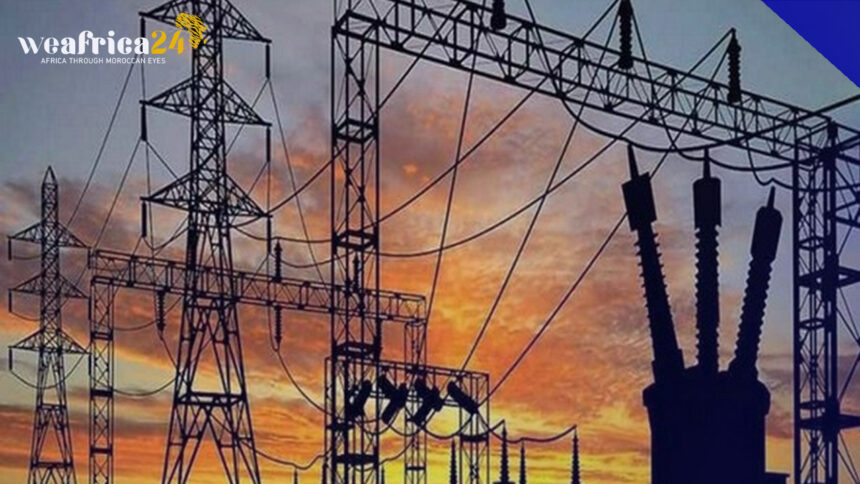The Department of Mineral Resources and Energy (DMRE) has highlighted that the constrained power grid, particularly in certain provinces, is impeding the progress of various renewable energy projects. This limitation has been identified as a significant barrier to the realization of plans outlined in response to the 2019 Integrated Resources Plan (IRP).
During the second round of public consultations on the 2023 draft IRP held on Thursday, the DMRE shed light on the challenges posed by limited electricity transmission capacity in specific regions. Critics, including energy experts and analysts, have raised questions regarding the accuracy of the department’s modeling and projections, underscoring the need for precise forecasting in the energy sector.
The 2023 draft IRP provides forecasts for two timeframes: one extending up to 2030 and another projecting energy needs until 2050. Private sector initiatives currently in development are anticipated to generate 10.4 gigawatts of electricity by 2030, with solar photovoltaic (PV) contributing over 60% to this capacity.
Sonwabo Damba, the chief energy planner at the department, acknowledged the impact of the constrained grid on certain renewable energy projects. He noted that while many parts of the national grid have spare capacity, regions rich in renewable resources, such as the Cape areas, face specific challenges.
Addressing the concerns, the department expects Eskom, the national power utility, to significantly expand the grid by 2032, alleviating some of the current limitations. The public has been granted the opportunity to provide input on the new draft IRP until 23 February, with the department aiming to finalize the document by the end of May. The ongoing dialogue underscores the intricate balance required to navigate the evolving landscape of renewable energy initiatives amid infrastructure challenges.







